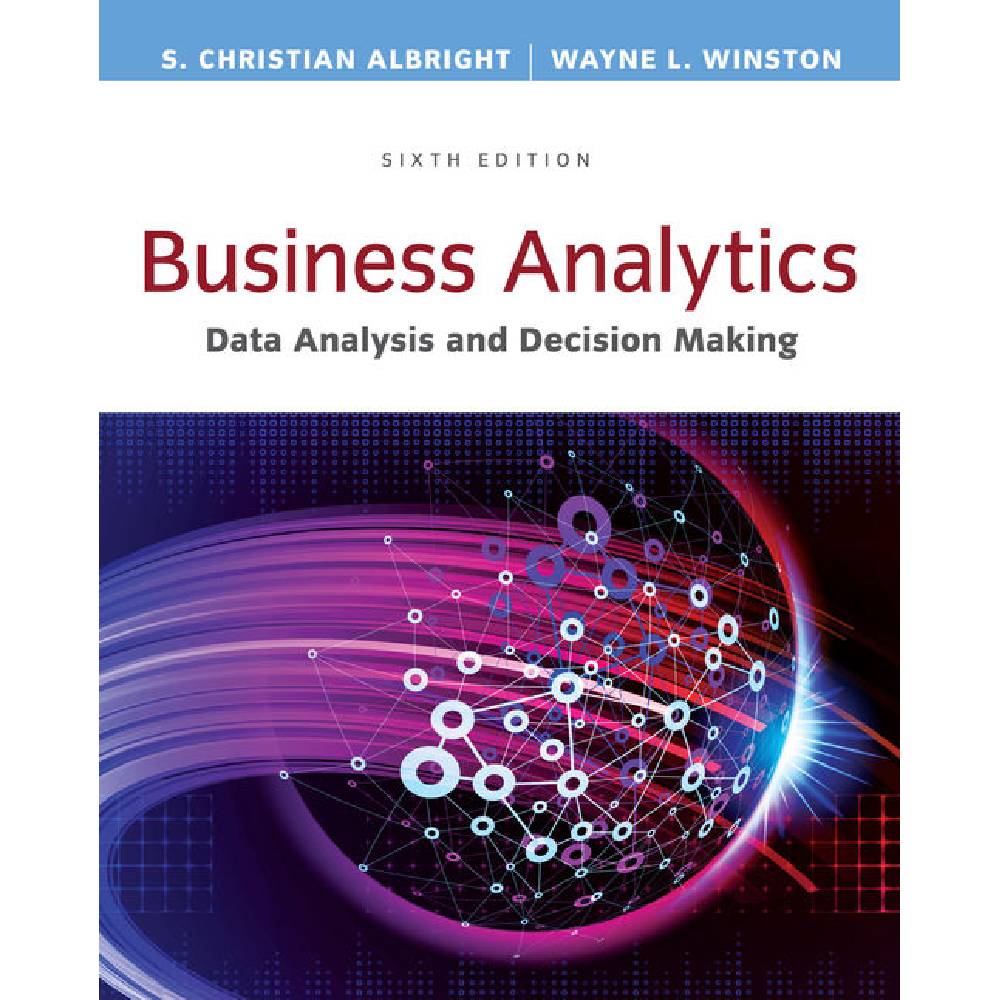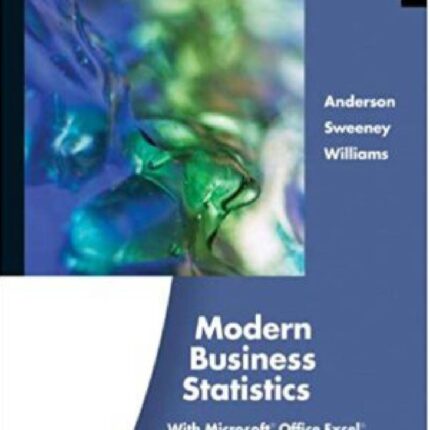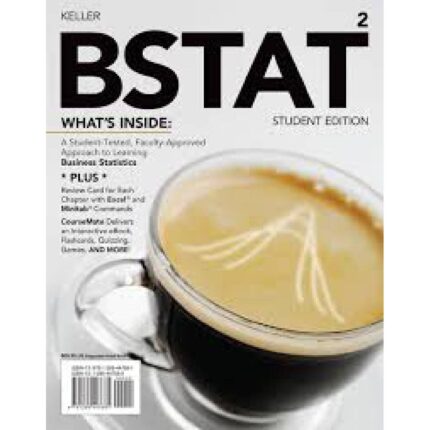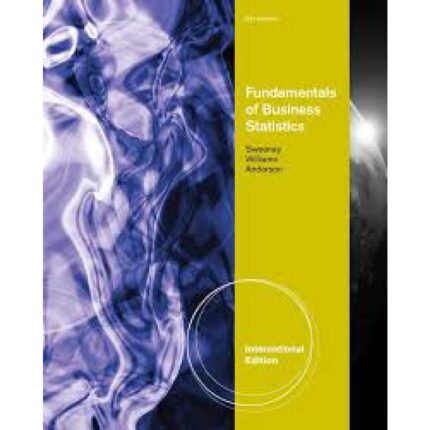Business Analytics Data Analysis & Decision Making 6th Edition By S. Christian – Test Bank
1. Which of the following is not one of the assumptions of regression?
a. There is a population regression line that joins the SDs of all possible distributions of results.
b. The response variable is normally distributed.
c. The standard deviation of the response variable increases as the explanatory variables increase.
d. The errors are probabilistically independent.
ANSWER: c
POINTS: 1
DIFFICULTY: Easy | Bloom’s: Knowledge
TOPICS: A-Head: 11-2 The Statistical Model
OTHER: BUSPROG: Analytic | DISC: Regression Analysis
2. An error term represents the vertical distance from any point to the:
a. estimated regression line
b. population regression line
c. value of the Y’s
d. mean value of the X’s
ANSWER: b
POINTS: 1
DIFFICULTY: Easy | Bloom’s: Knowledge
TOPICS: A-Head: 11-2 The Statistical Model
OTHER: BUSPROG: Analytic | DISC: Regression Analysis
3. Which statement is true regarding regression error, ε?
a. It is the same as a residual.
b. It can be calculated from the observed data.
c. It cannot be calculated from the observed data.
d. It is unbiased.
ANSWER: c
POINTS: 1
DIFFICULTY: Easy | Bloom’s: Knowledge
TOPICS: A-Head: 11-2 The Statistical Model
OTHER: BUSPROG: Analytic | DISC: Regression Analysis
4. The term autocorrelation refers to the observation that:
a. analyzed data refers to itself
b. sample is related too closely to the population
c. data are in a loop (values repeat themselves)
d. time series variables are usually related to their own past values
ANSWER: d
POINTS: 1
DIFFICULTY: Easy | Bloom’s: Knowledge
TOPICS: A-Head: 11-2 The Statistical Model
OTHER: BUSPROG: Analytic | DISC: Regression Analysis
5. In regression analysis, multicollinearity refers to the:
a. response variables being highly correlated
b. explanatory variables being highly correlated
c. response variable(s) and the explanatory variable(s) being highly correlated with one another
d. response variables being highly correlated over time
ANSWER: b
POINTS: 1
DIFFICULTY: Easy | Bloom’s: Knowledge
TOPICS: A-Head: 11-2 The Statistical Model
OTHER: BUSPROG: Analytic | DISC: Regression Analysis
6. Another term for constant error variance is:
a. homoscedasticity
b. heteroscedasticity
c. autocorrelation
d. multicollinearity
ANSWER: a
POINTS: 1
DIFFICULTY: Easy | Bloom’s: Knowledge
TOPICS: A-Head: 11-2 The Statistical Model
OTHER: BUSPROG: Analytic | DISC: Regression Analysis
7. Time series data often exhibits which of the following characteristics?
a. homoscedasticity
b. heteroscedasticity
c. autocorrelation
d. multicollinearity
ANSWER: c
POINTS: 1
DIFFICULTY: Easy | Bloom’s: Knowledge
TOPICS: A-Head: 11-2 The Statistical Model
OTHER: BUSPROG: Analytic | DISC: Regression Analysis
8. A scatterplot that exhibits a “fan” shape (the variation of Y increases as X increases) is an example of:
a. homoscedasticity
b. heteroscedasticity
c. autocorrelation
d. multicollinearity
ANSWER: a
POINTS: 1
DIFFICULTY: Easy | Bloom’s: Knowledge
TOPICS: A-Head: 11-2 The Statistical Model
OTHER: BUSPROG: Analytic | DISC: Regression Analysis
9. Which definition best describes parsimony?
a. explaining the most with the least
b. explaining the least with the most
c. being able to explain all of the change in the response variable
d. being able to predict the value of the response variable far into the future
ANSWER: a
POINTS: 1
DIFFICULTY: Easy | Bloom’s: Knowledge
TOPICS: A-Head: 11-3 Inferences About the Regression Coefficients
OTHER: BUSPROG: Analytic | DISC: Regression Analysis
10. Which of the following is the relevant sampling distribution for regression coefficients?
a. normal distribution
b. t-distribution with n-1 degrees of freedom
c. t-distribution with n-1-k degrees of freedom
d. F-distribution with n-1-k degrees of freedom
ANSWER: c
POINTS: 1
DIFFICULTY: Easy | Bloom’s: Knowledge
TOPICS: A-Head: 11-3 Inferences About the Regression Coefficients
OTHER: BUSPROG: Analytic | DISC: Regression Analysis













Reviews
There are no reviews yet.